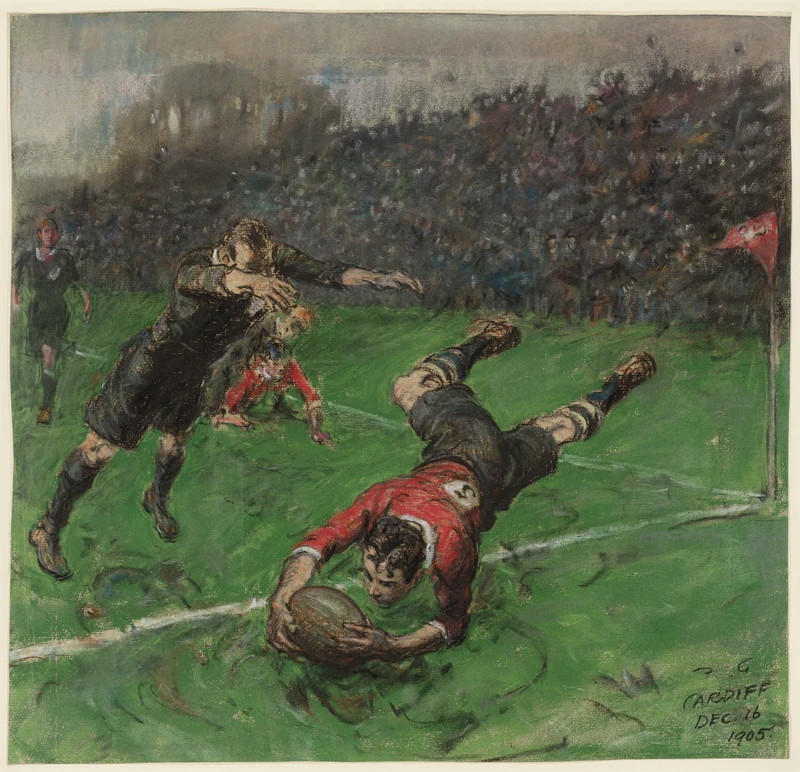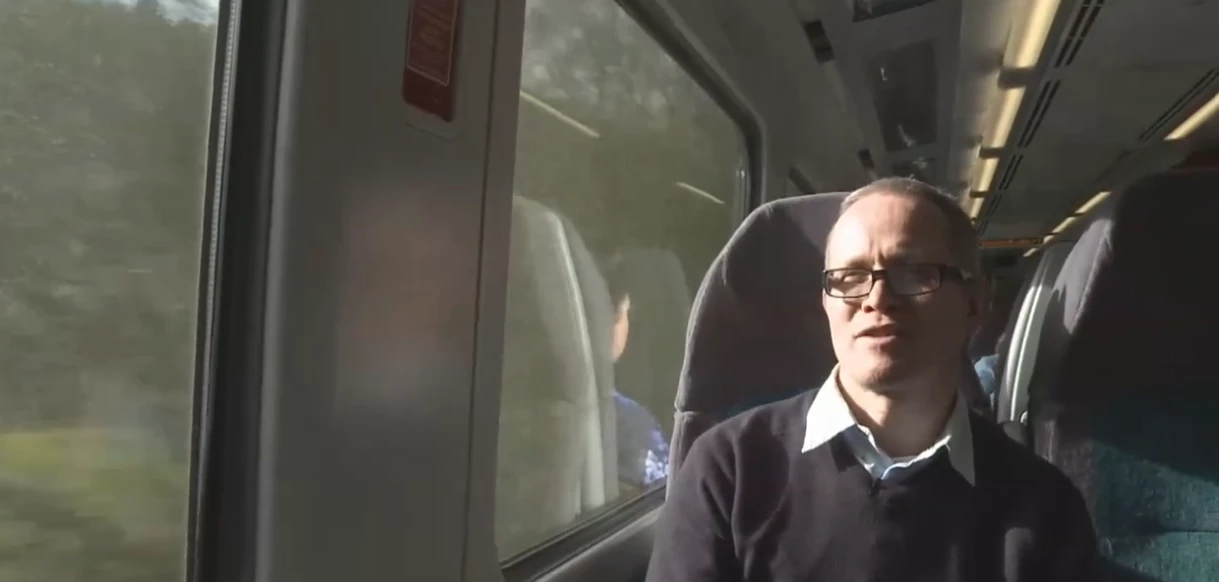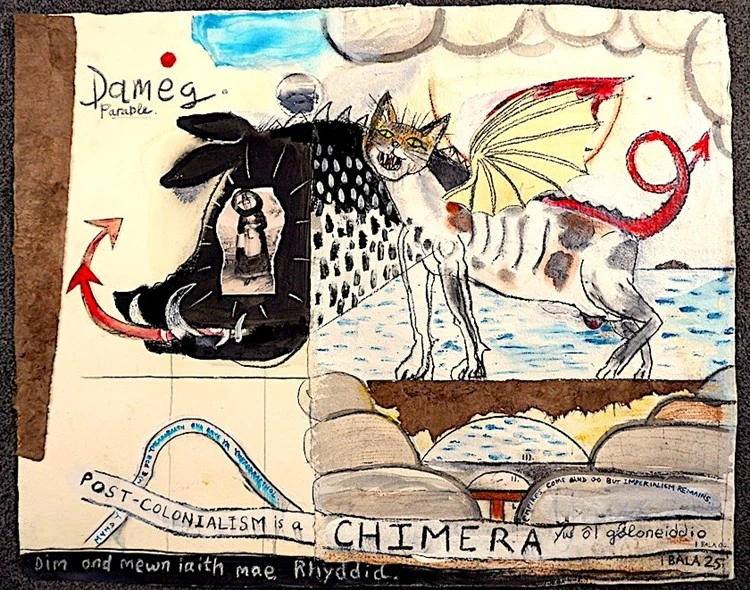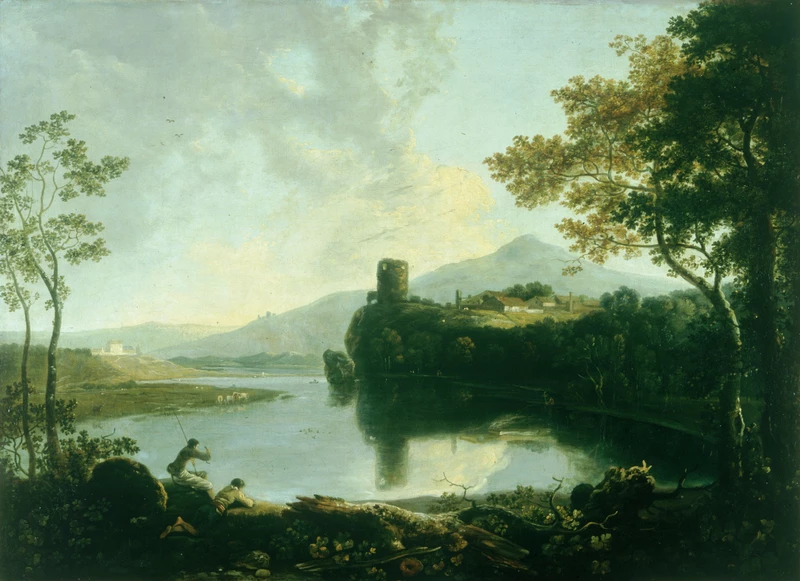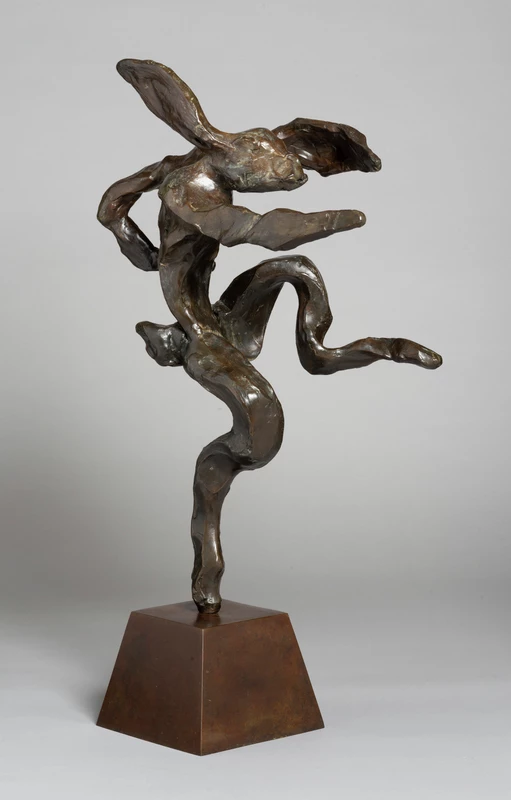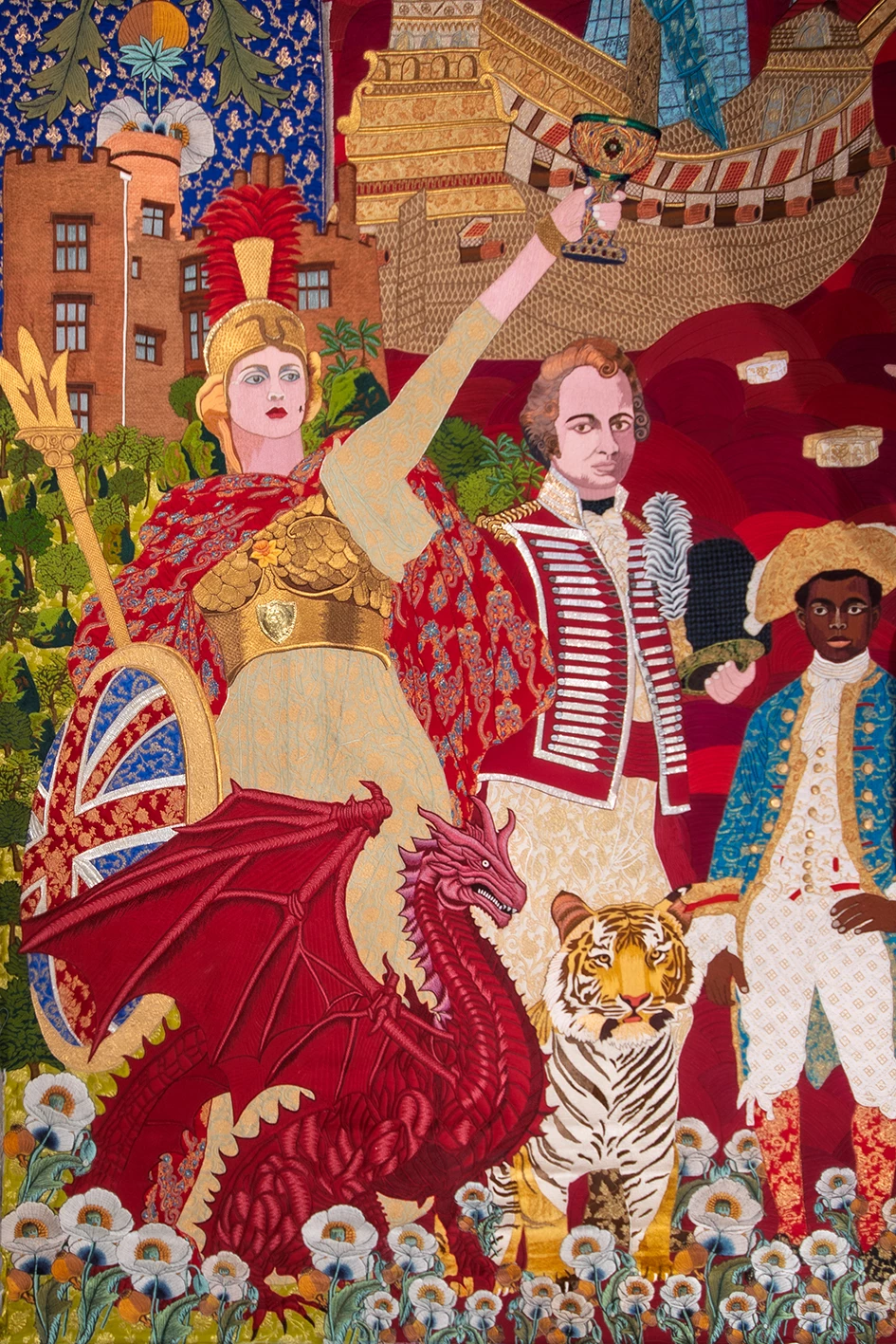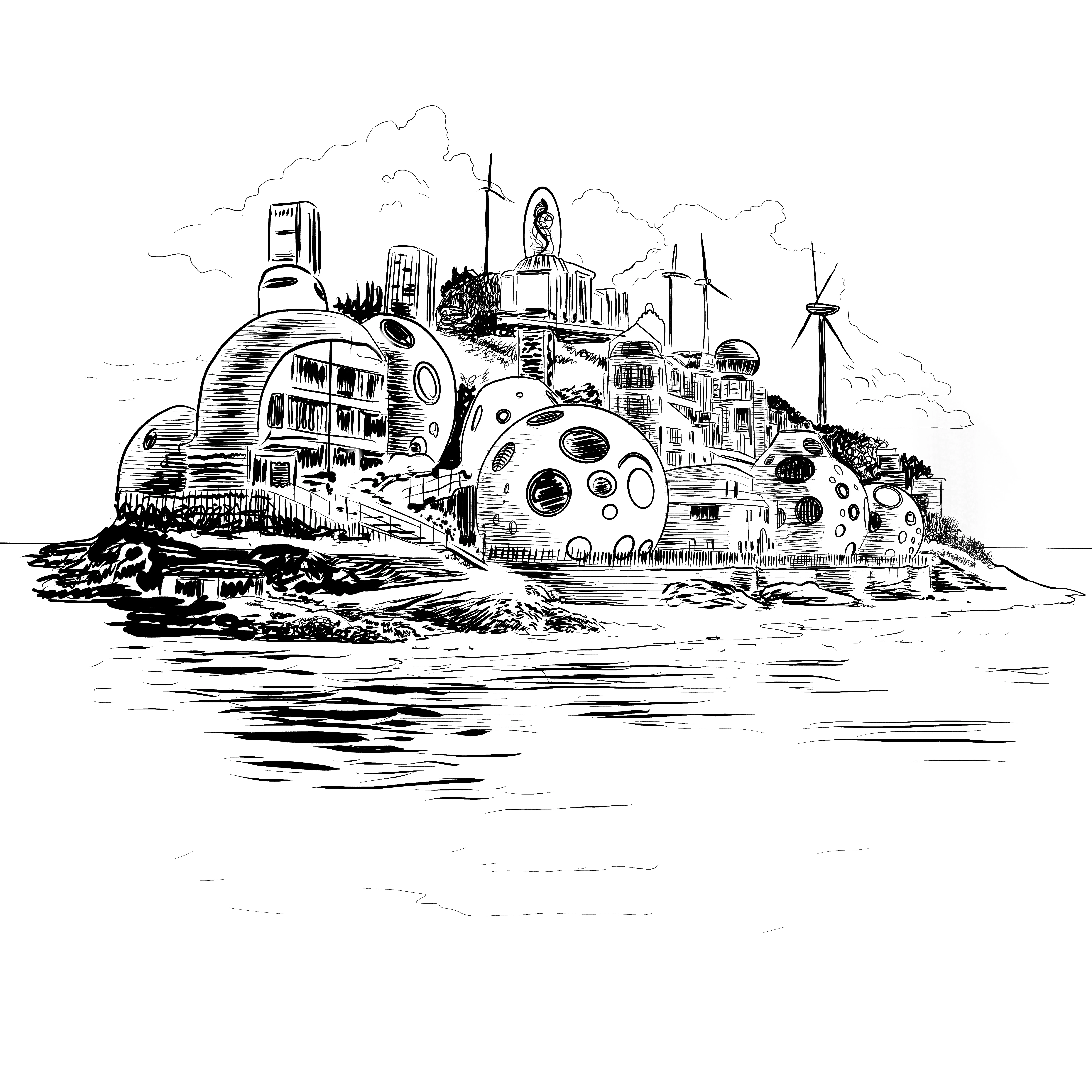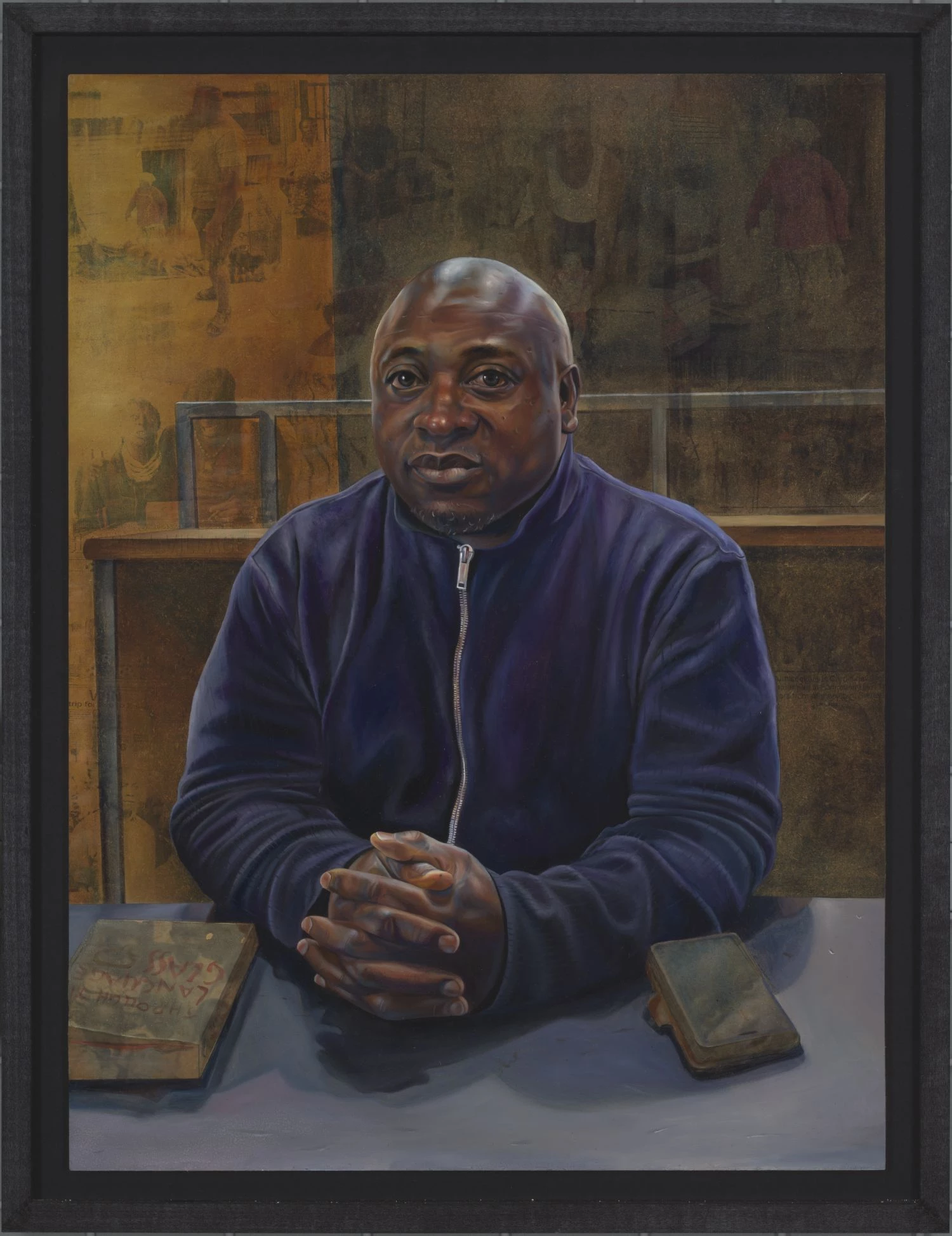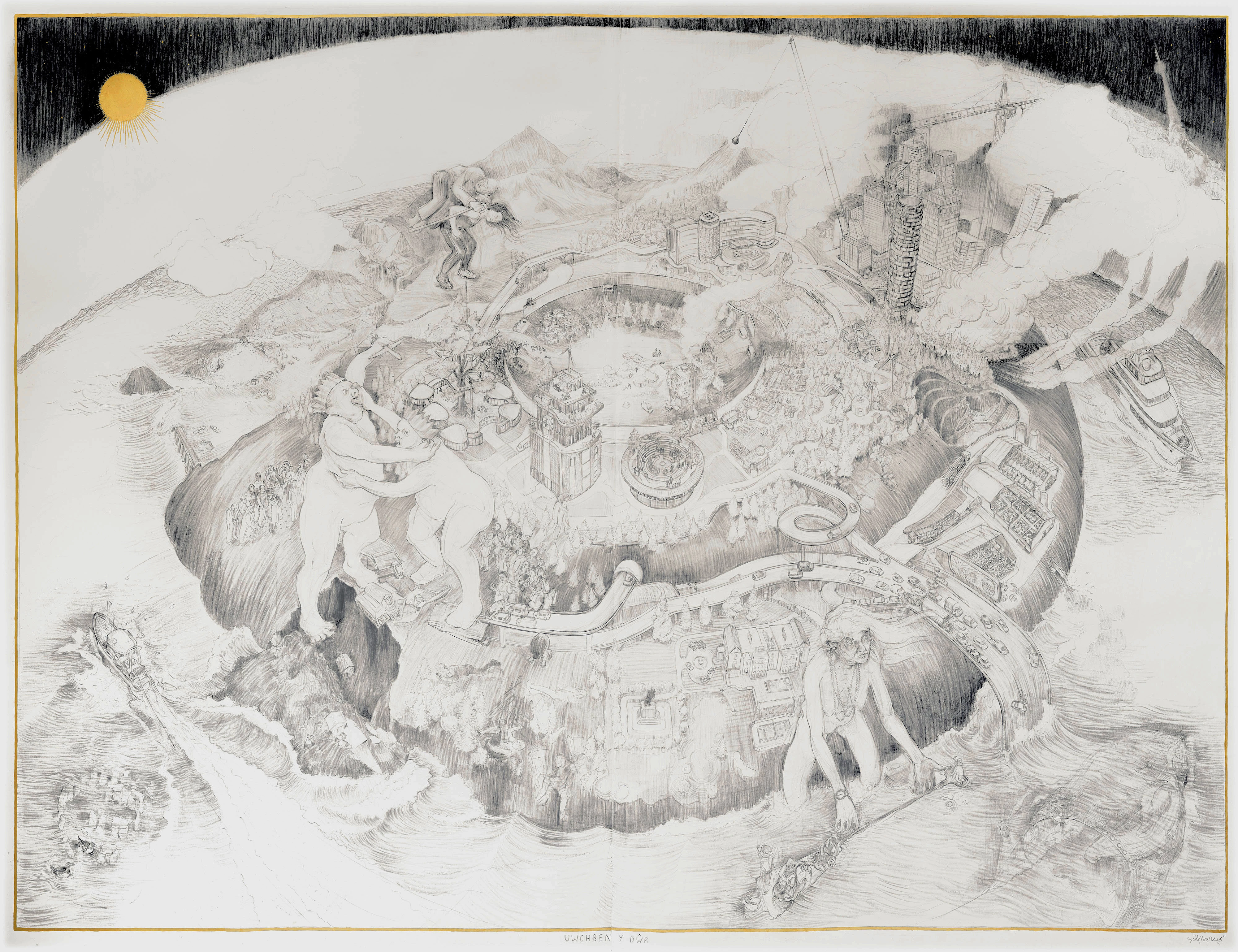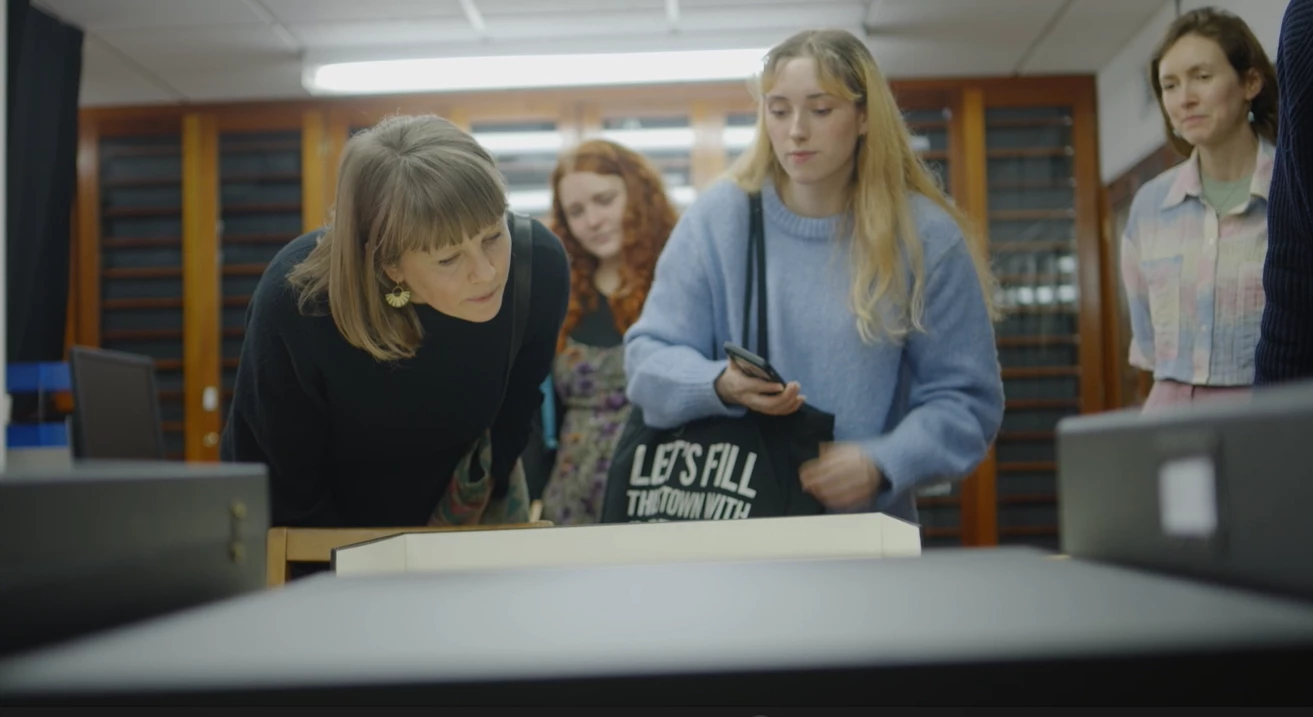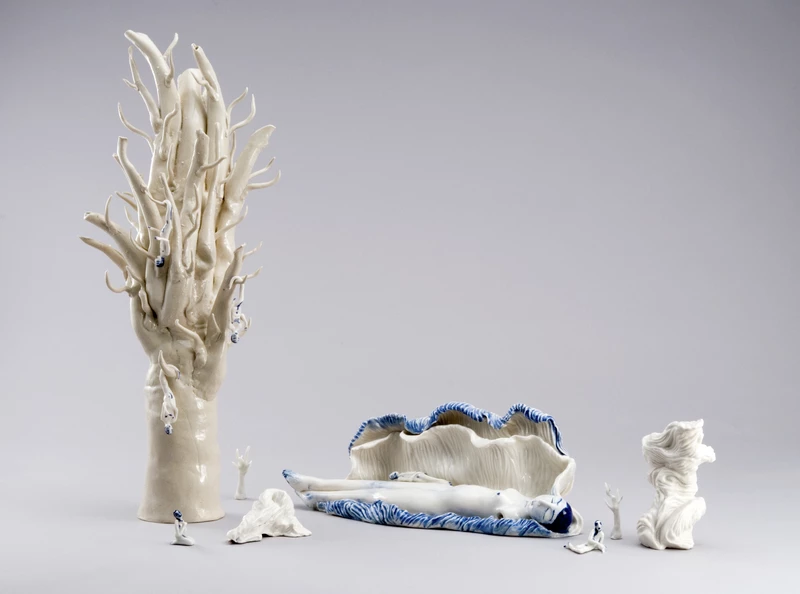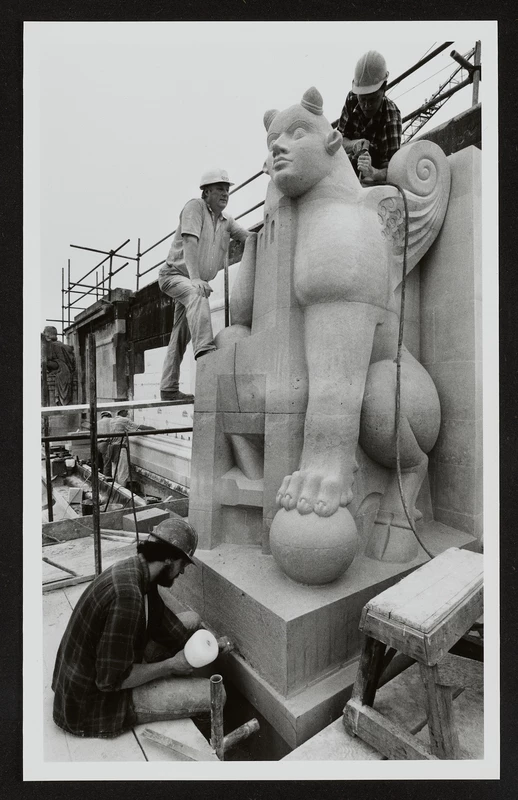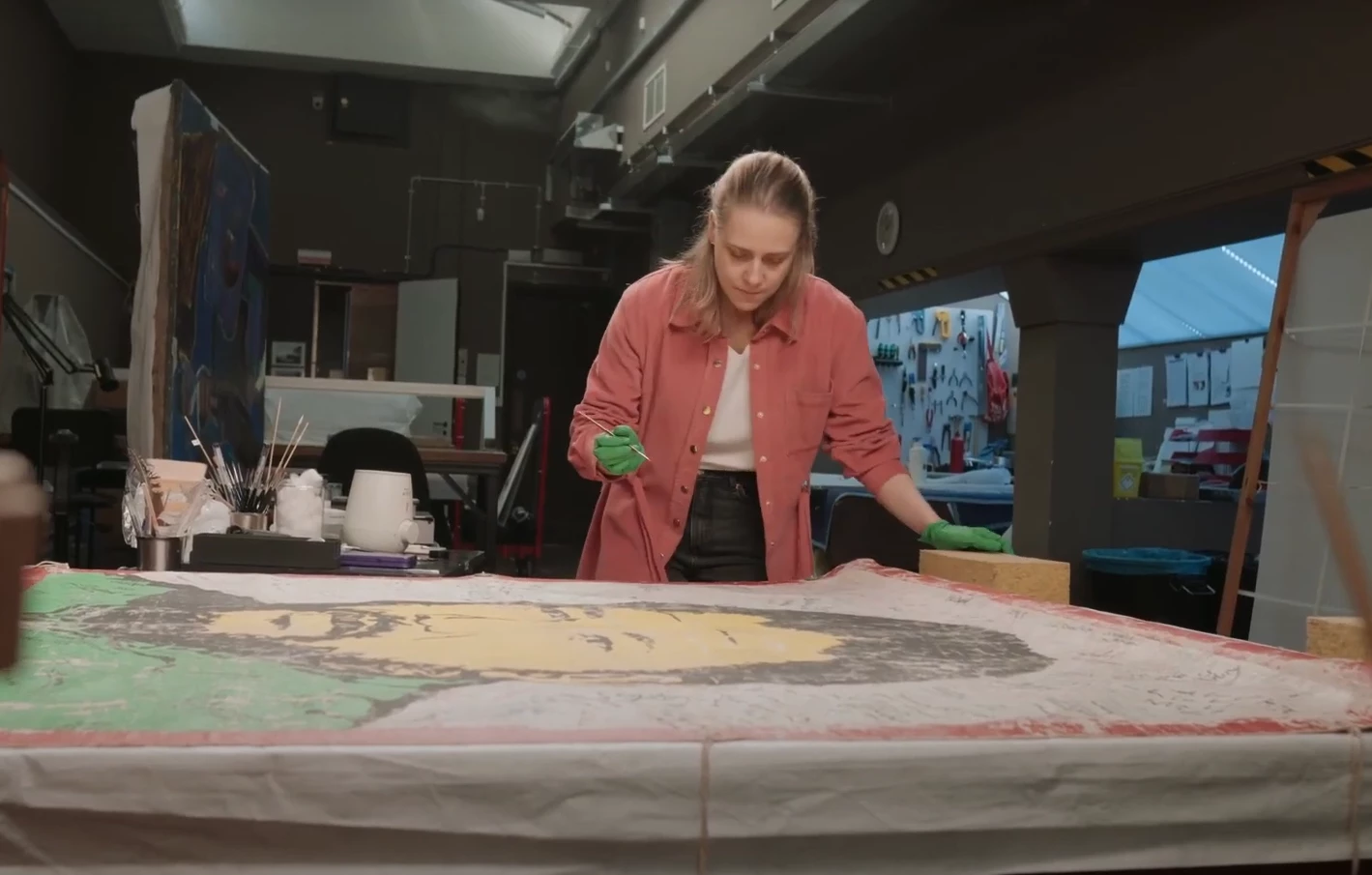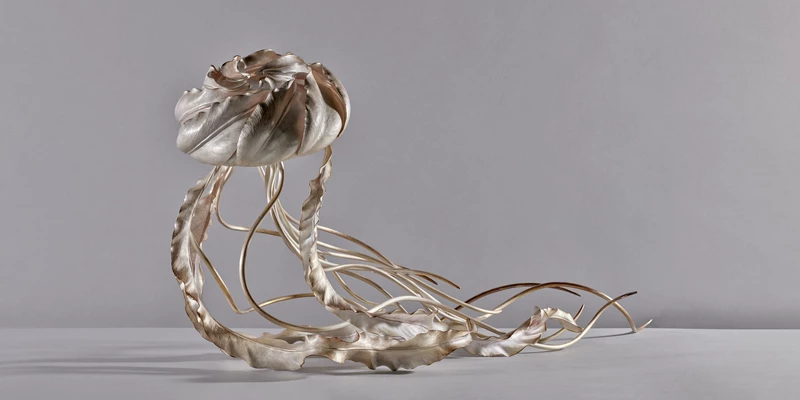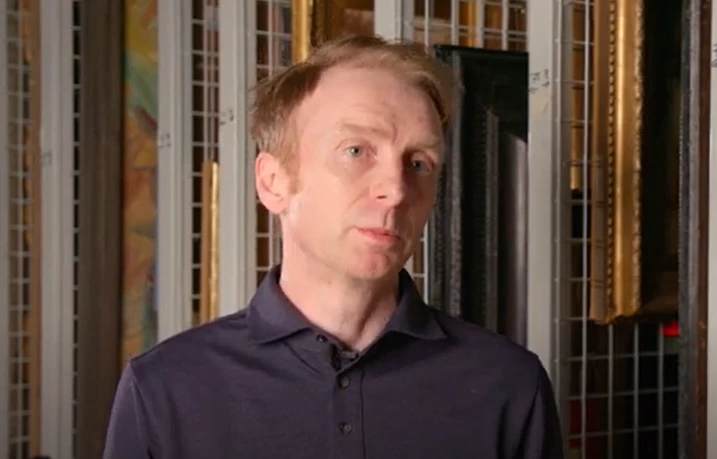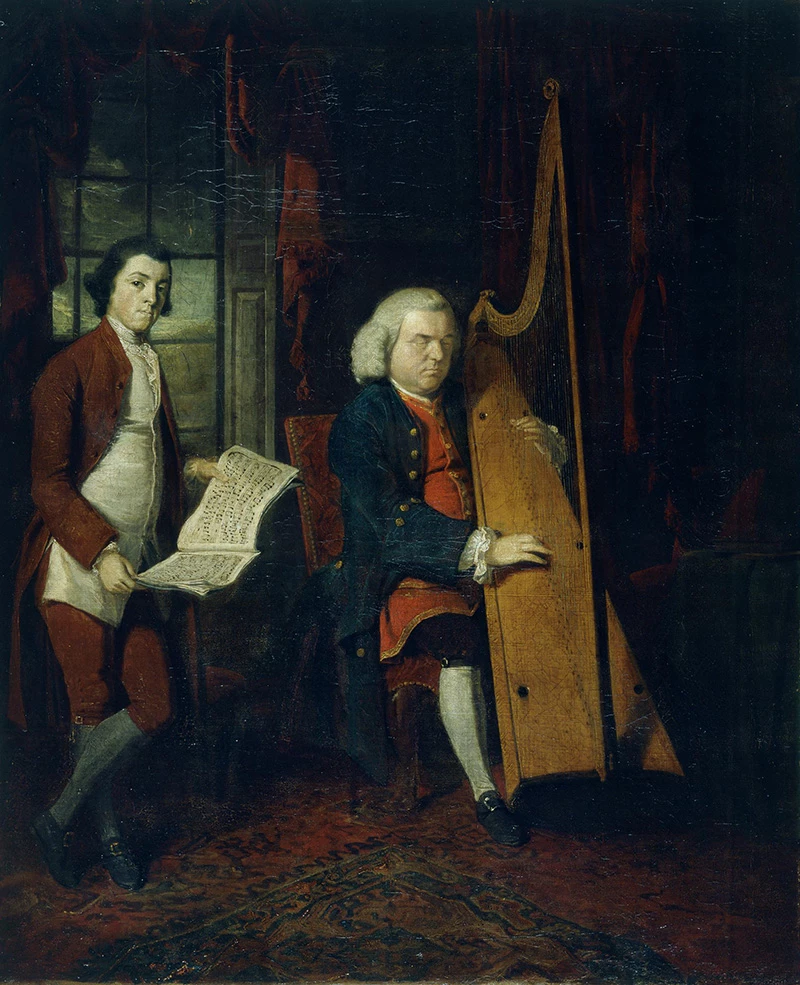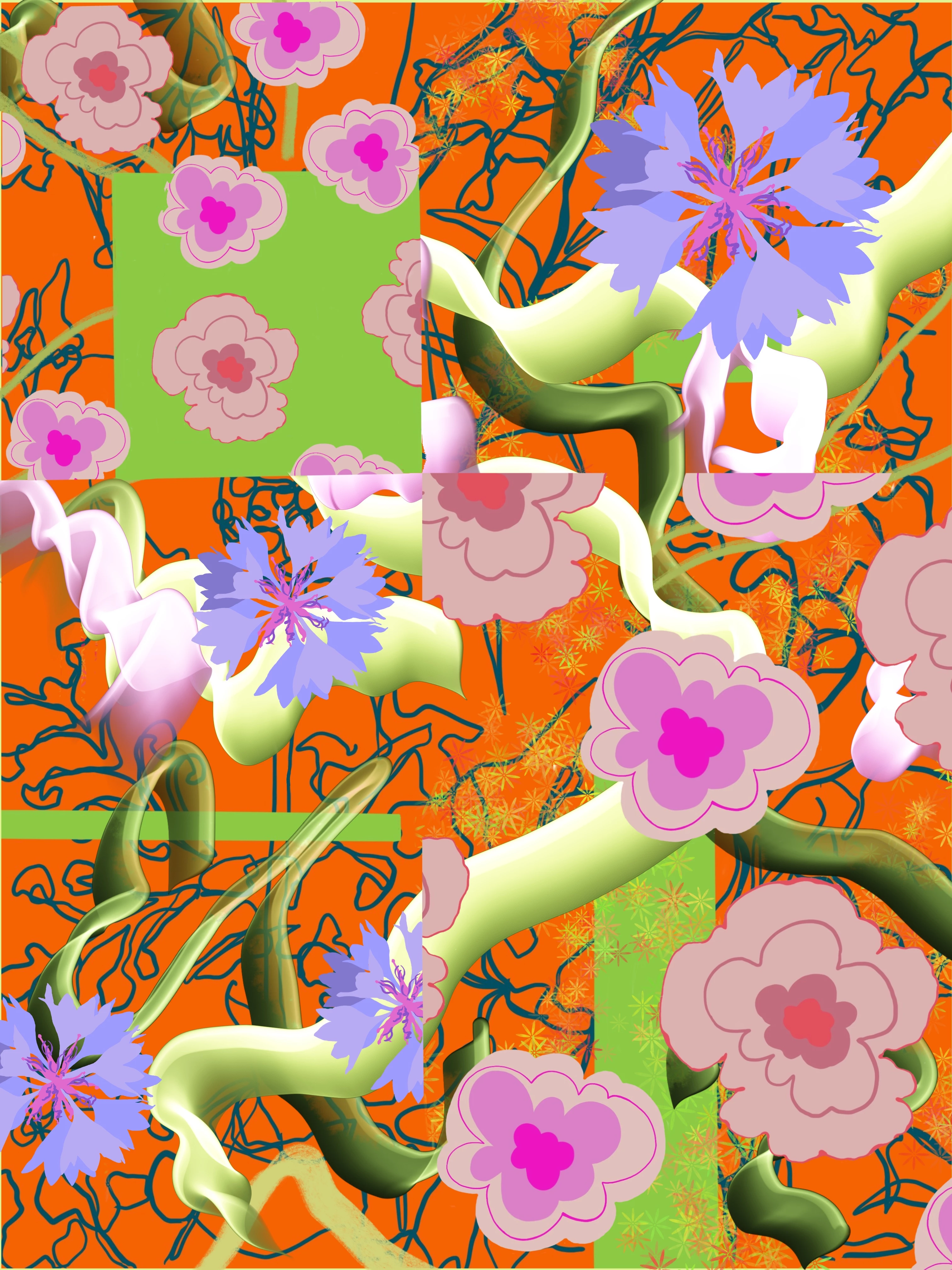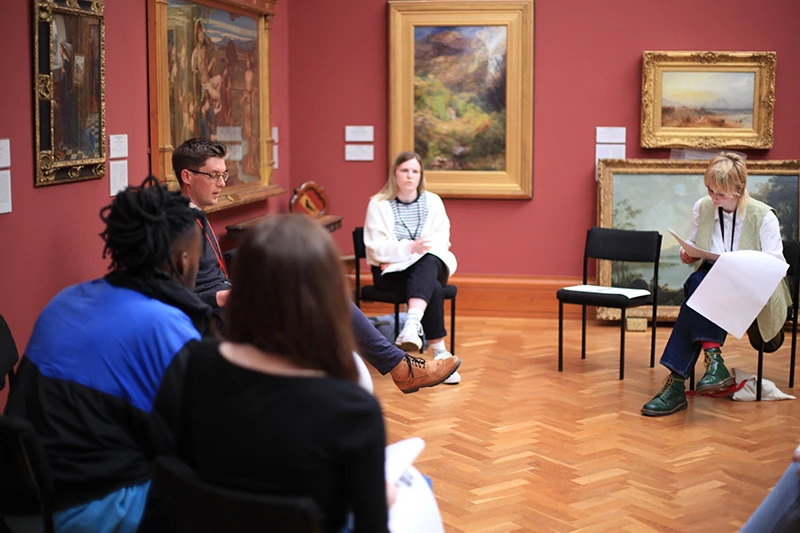For Garry Fabian Miller
and for Peter Sedgwick
Who has not stood somewhere gazing at the sea
and at the sky, watching them both changing? –
even a quiet sea, as if pulsing,
breathing, or a sky all-over grey or blue,
undefinably and imperceptibly
responding to the slow revolutions
on its axis of our tilted planet
with its subtly influential satellite
and round the star which seems to us to climb,
visibly or invisibly, depending
on the vapours which can sometimes hide it,
until it’s almost but not quite directly
above our heads before it arcs down westwards?
Even when we cannot see directly
where it is behind the stratus, cumulus,
or stratocumulus, which like the sun
and east and west are words with which we cover
the naked mystery of the world we live in,
such sounds as save us from the shock of facing,
under a thin film of understanding
and familiarity, the challenge
of what we can never finish watching?
Who has not stood on a shore or clifftop
gazing at the sky and at the ocean,
with the line that we call the horizon
seeming to divide them, though we know, as with
the rainbow’s end, however far we travelled
we could never reach where it beckons us
to seek for it, as it is always shifting?
Who has not thought they’ve stood for too long watching
and, being human, having things that need them,
‘business and desires’, as Hamlet puts it,
shaken themselves, and turned back to their lives,
and afterwards wished they had looked longer,
because they’d only started to be open
to all the largeness that invited them
to grow larger themselves in their responses?
For them, for us, for me, for you perhaps,
as well as to discover who he was,
this photographer came daily to a spot
beside the Bristol Channel, looked across it
towards the coast of Wales and made a picture,
and went on making them day after day,
week after week, month after month, two years.
From all these studies, each with the horizon
parting its square into matched rectangles,
he’s chosen a selection, which is hanging
in this spacious room in the museum
in Cardiff, so that we can move between them
and seem to see and – not to understand
but – to open up a little better
to the always-ungraspable reflected
in the subtly shifting clouds and waters,
with the straight outer edges of the pictures
and the reassuring recurrence also
of the not quite straight, never-the-same-twice
horizon always in the same position,
enabling us by contrast to be more
open to what is forever changing.
Among the aids to better meditation,
that state that seems to offer the profoundest
and sweetest possibility of living,
along with music, poetry and painting,
yoga, Qigong, monastic prayer and fasting,
this suite of photographs makes an addition.
Mae cerddi John Freeman wedi’u cyhoeddi mewn sawl cylchgrawn a blodeugerdd, ac mewn deuddeg casgliad llawb, a’r diweddaraf yw Plato’s Peach (Worple Press). Mae ei lyfr diweddaraf yn gydweithrediad gyda’r ffotograffydd Chris Humphrey, Visions of Llandaff (The Lonely Press). Mae’n byw ym Mro Morgannwg ac wedi addysgu am nifer o flynyddoedd ym Mhrifysgol Caerdydd.
Garry Fabian Miller
The Sea Horizon, Rhif 18, 1976–77
© Garry Fabian Miller






